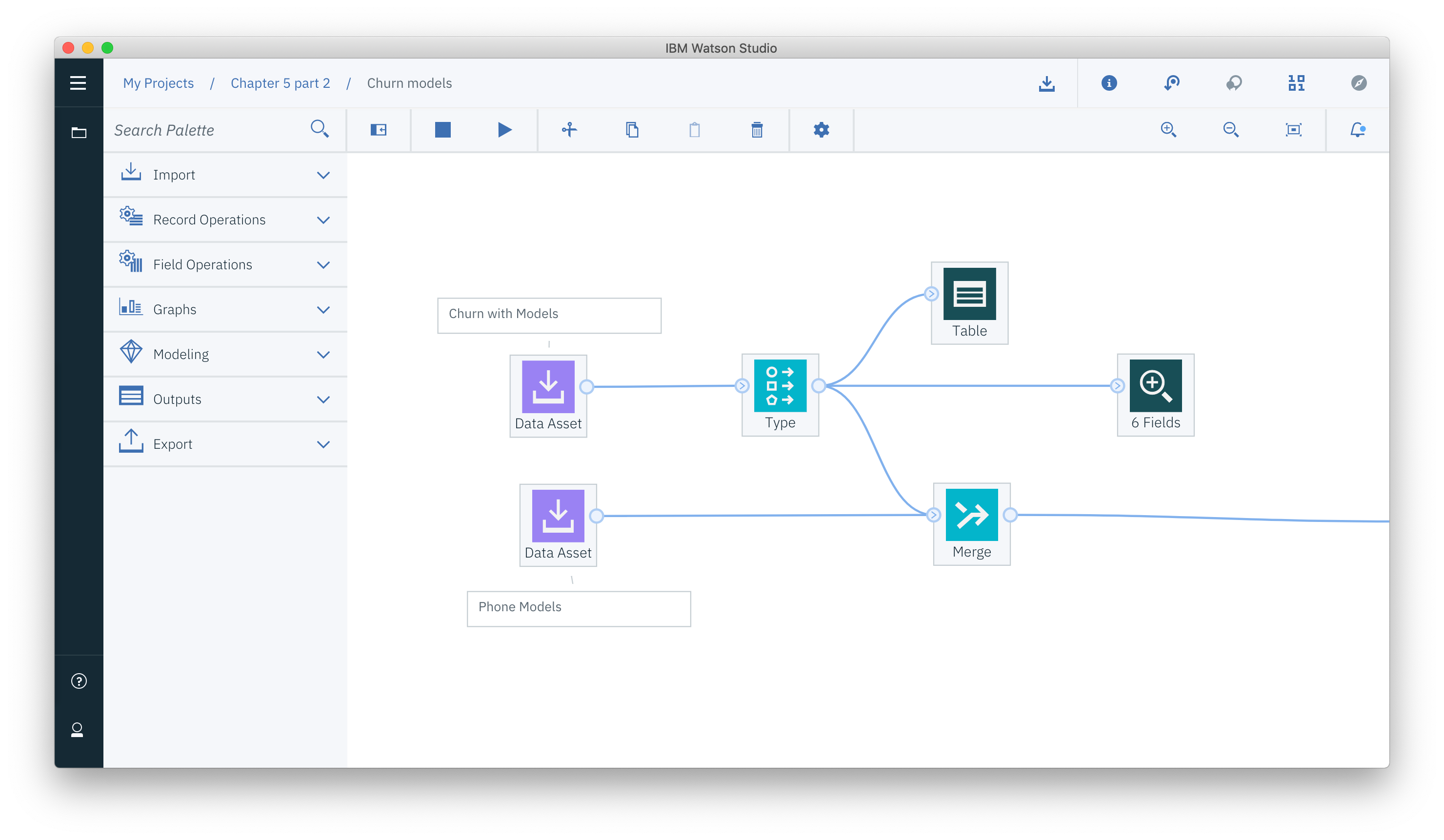IBM Watson
Obtaining Access to IBM Watson Studio
Machine Learning, Data Science, and Predictive Analytics techniques are in strong demand. That’s why since its launch, IBM Watson Studio has proven to be very popular with academia. Thousands of students and faculty have been drawn to Watson Studio for its powerful, open source and code-free data analysis tools. Now, this all-in-one platform for data science is free to our students with unlimited use with Watson Studio Desktop.
Unlimited Desktop for academia
Watson Studio Desktop comes in 3 forms:
- Watson Studio Cloud — the freemium all-cloud offering
- Watson Studio Local — enterprise behind-the-firewall use
- Watson Studio Desktop — a desktop install with unlimited compute
Watson Studio Desktop, with unlimited compute, is now available for free to our students and faculty for teaching and learning purposes via a 1-year subscription. Because this is a subscription, new features and functionality will be added every few weeks through in-product updates. In addition, a student or faculty member can re-register after 1 year as long as they remain a student or faculty member.

Powerful features for all student types
Watson Studio Desktop brings these techniques to your Windows or Mac machine:
- Data mining students can leverage the integrated SPSS Modeler functionality to drag-and-drop their way to machine-learning, model building, and data exploration.
- Data science students comfortable with coding can use Watson Studio Desktop to exercise their open-source R and Python skills with Jupyter Notebooks.
- All students can use the integrated SPSS Modeler and Data Shaper to explore, prepare, and chart data in just a few clicks.
All these features will be coming to IBM Watson Studio Desktop, and academics will be able to use them in an unlimited capacity for teaching and learning purposes.
Here’s how to sign up:
- Visit ibm.biz/academic to register
- Search for Watson Studio Desktop
- Download, install, and log in to the product.

